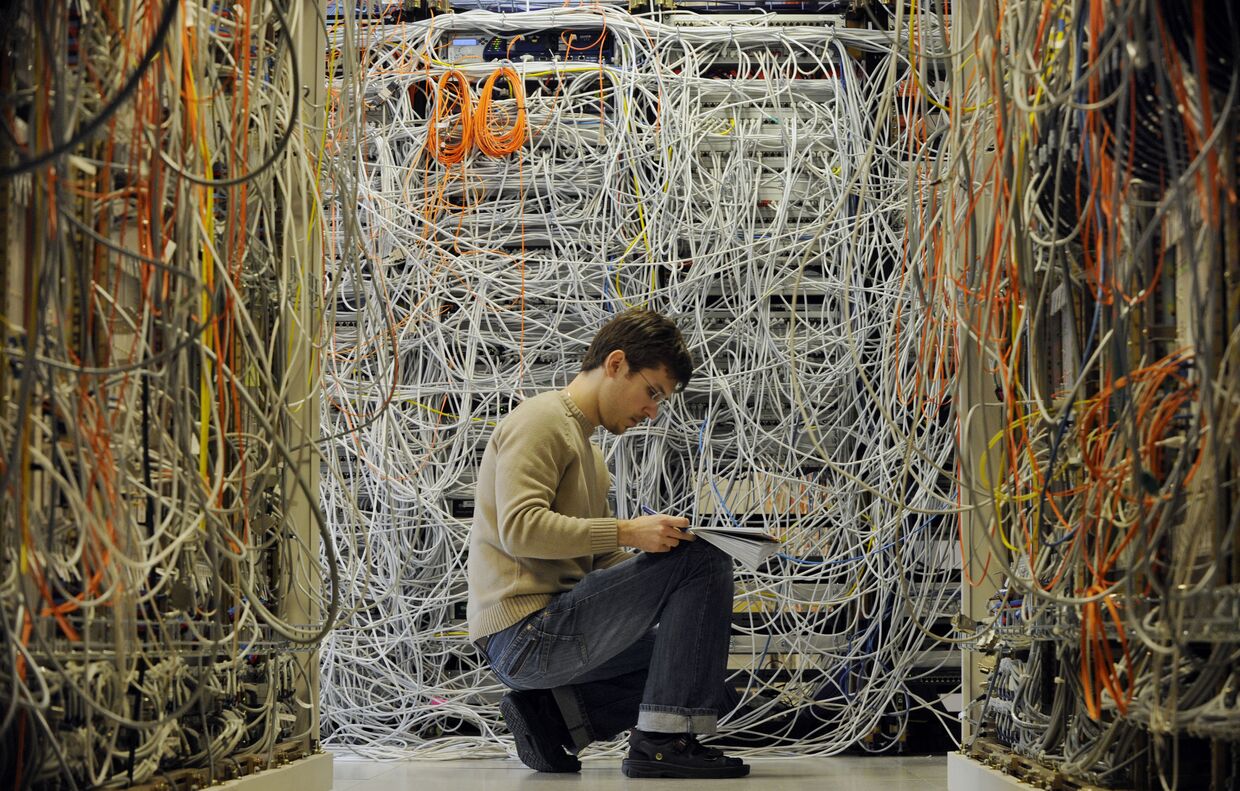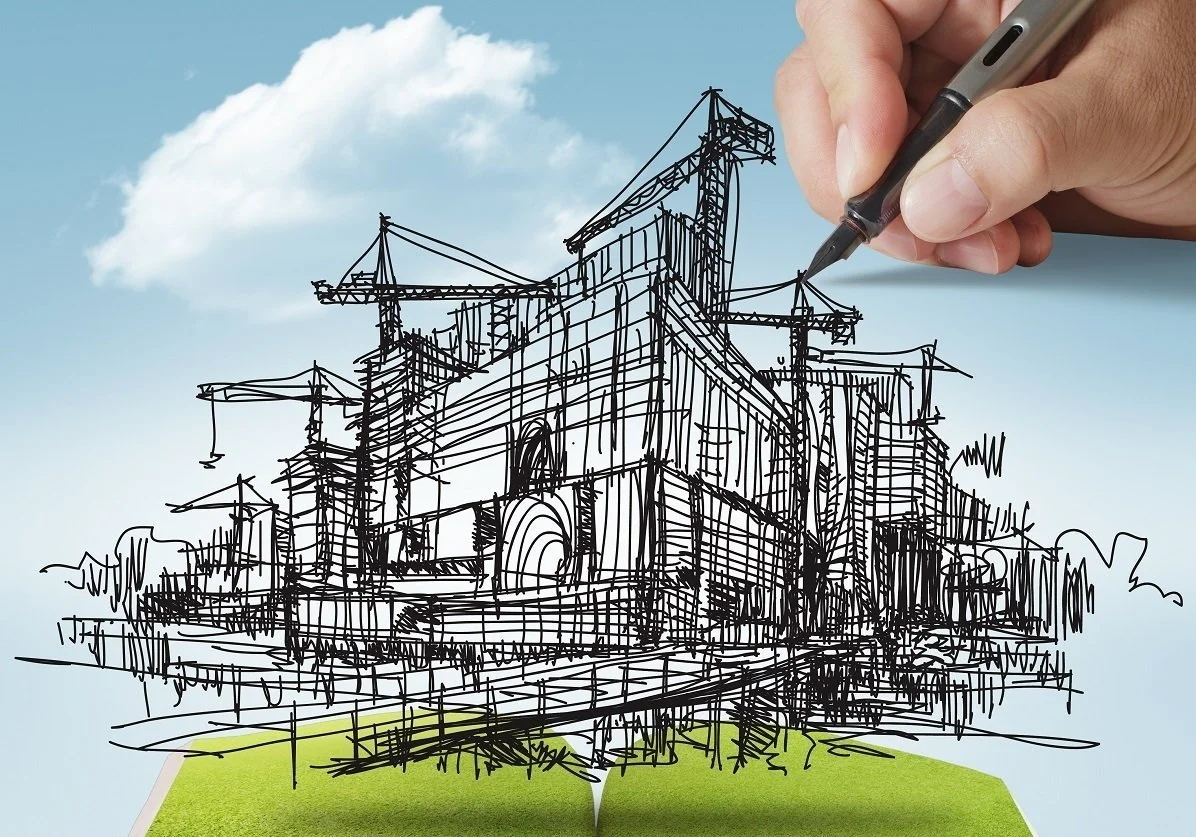Welcome, dear readers!
Today, we're embarking on an explorative journey into the dynamic world where architecture meets electrical engineering. It's a realm where creativity meets practicality, and the collaboration between architects and electricians shapes the very buildings we inhabit.
Think of it as a symphony, where each profession plays a crucial role in harmonizing function and form. This partnership, though often behind the scenes, is pivotal in creating safe, functional, and aesthetically pleasing spaces.
The Role of Architects
 Architects are more than just designers. They are visionaries and storytellers. Every building has a narrative, and architects begin the tale. They don't just think about the present but also envision the future use of the space.
Architects are more than just designers. They are visionaries and storytellers. Every building has a narrative, and architects begin the tale. They don't just think about the present but also envision the future use of the space.
In their designs, architects must anticipate the evolving electrical needs, considering how technology might change how we use our spaces. This foresight is crucial in creating designs that are not only beautiful but also adaptable to future advancements.
The Role of Electricians
Electricians, like a professional electrician from Madison, MS, do more than just wire up a building. They bring it to life. They are the practical wizards who ensure that the architect's vision is safe, efficient, and feasible.
In addition to their technical skills, electricians bring a wealth of knowledge about the latest in electrical technology and energy-saving techniques. Their expertise is invaluable in transforming architectural concepts into livable, functional spaces.
Benefits of Collaboration
When architects and electricians sync up perfectly, the results are remarkable. This collaboration leads to innovative solutions where aesthetics and functionality coexist beautifully.
Think of a building that not only looks stunning but also runs on renewable energy, thanks to the architect and electrician brainstorming together. This partnership doesn't just create buildings; it creates future-ready, sustainable habitats.
Challenges in Collaboration
Collaboration comes with its hurdles. Misunderstandings and differing priorities can lead to conflicts. For instance, an architect's bold design might pose a challenge for electrical safety standards.
This is where mutual respect and a willingness to learn from each other come into play. It's about finding that sweet spot where design meets practicality without compromising either.
The Role of Property CGI in Architect-Electrician Collaboration
 In the realm of architecture and electrical engineering, one of the most transformative tools has been property CGI.
In the realm of architecture and electrical engineering, one of the most transformative tools has been property CGI.
This technology is not just a game-changer. It's a universe where the collaborative efforts of architects and electricians materialize into virtual reality even before the first brick is laid.
CGI as a Common Visual Language
Property CGI (Computer Generated Imagery) has emerged as a pivotal tool in the collaboration between architects and electricians. It acts as a common visual language that brings clarity and precision to the planning process.
Architects use CGI to create realistic visualizations of their designs, detailing how spaces will look, feel, and function. These renderings include intricate aspects like lighting arrangements and electrical fittings, offering electricians a clear view of what needs to be implemented.
Enhancing Planning and Troubleshooting
One of the significant benefits of CGI in this collaboration is its role in enhancing planning and troubleshooting. The virtual models allow both architects and electricians to experiment with different designs and layouts before physical construction begins.
This proactive approach is vital for identifying and resolving potential issues early on, leading to more efficient and error-free project execution. It's a digital rehearsal space where both parties can align their visions and strategies, ensuring a seamless real-world implementation.
Facilitating Sustainable and Smart Design Integration
 As sustainable and smart buildings become more prevalent, CGI's role in architect-electrician collaboration becomes increasingly important. Through detailed visualizations, architects can present innovative designs that incorporate renewable energy sources and smart technologies.
As sustainable and smart buildings become more prevalent, CGI's role in architect-electrician collaboration becomes increasingly important. Through detailed visualizations, architects can present innovative designs that incorporate renewable energy sources and smart technologies.
Electricians, in turn, can plan the integration of these systems more effectively, ensuring that the building's functionality aligns with its environmental goals. CGI thus enables a harmonious blend of aesthetics, functionality, and sustainability, driving the construction industry towards a greener, more technologically advanced future.
CGI as a Bridge between Vision and Reality
Property CGI is more than just a tool for creating impressive visuals. It's a bridge that connects the imaginative aspirations of architects with the practical solutions of electricians.
As we move forward, the role of CGI in fostering this collaboration will undoubtedly expand, leading to the creation of buildings that are not only visually stunning but also functionally innovative and environmentally conscious.
The Future of Collaborative Design
 As we move into the future, the collaboration between architects and electricians is set to become even more integral. We're entering an era of smart buildings and automated homes. This evolution will require even closer cooperation and understanding between these two fields.
As we move into the future, the collaboration between architects and electricians is set to become even more integral. We're entering an era of smart buildings and automated homes. This evolution will require even closer cooperation and understanding between these two fields.
The future will likely see architects and electricians working together even in the earliest stages of design to integrate smart technology seamlessly.
Conclusion
The alliance between architects and electricians is a cornerstone of modern construction. This collaboration goes beyond mere necessity. It's a partnership that shapes our everyday lives. From the homes we live in to the offices we work in, this teamwork plays a fundamental role in creating spaces that are safe, efficient, and inspiring.
Whether you're an architect, an electrician, or simply someone who appreciates good design, let's discuss and celebrate these collaborations. Share your thoughts, and let's keep the conversation going about this incredible synergy that shapes our built environment.
Thank you!






